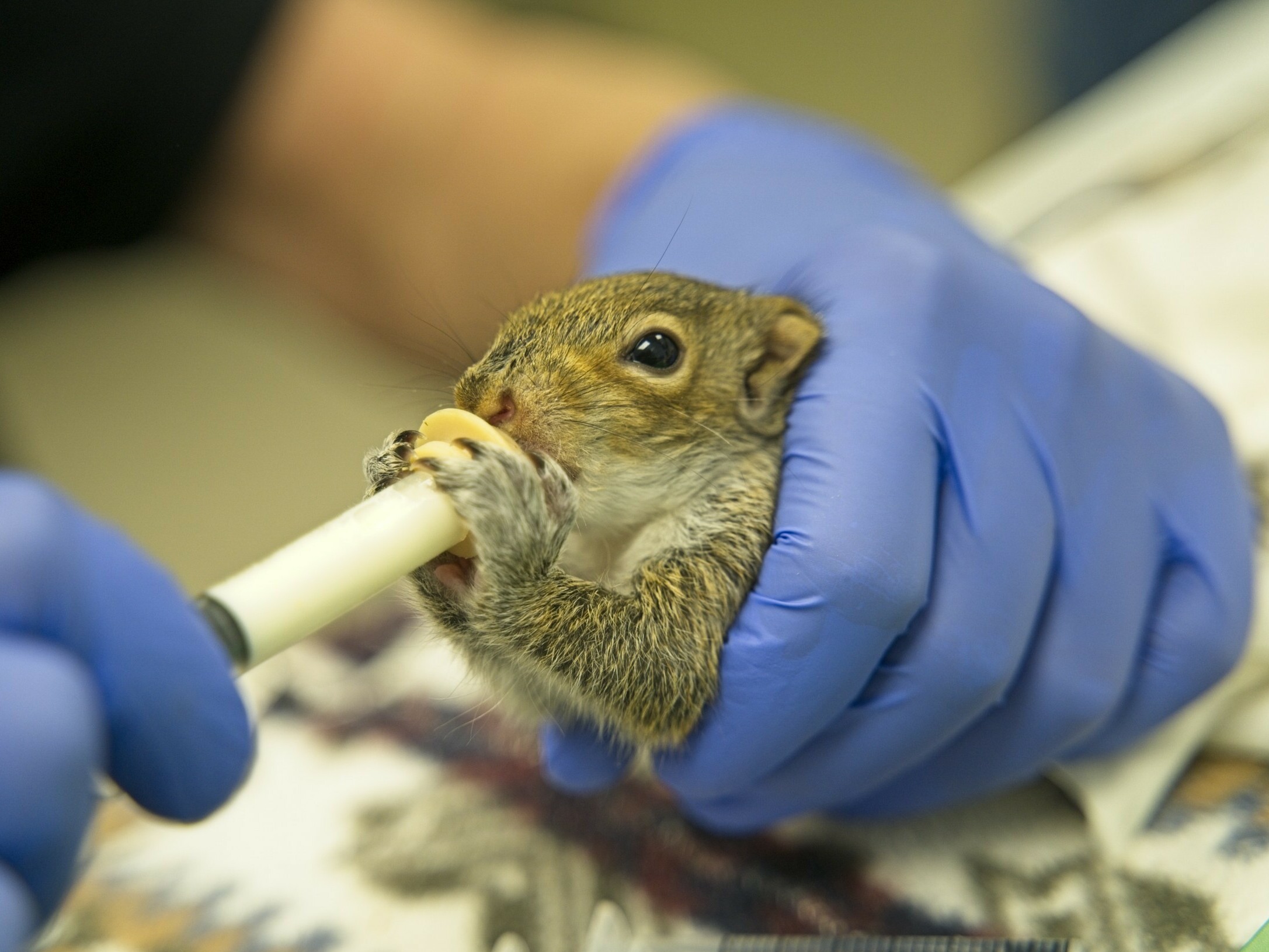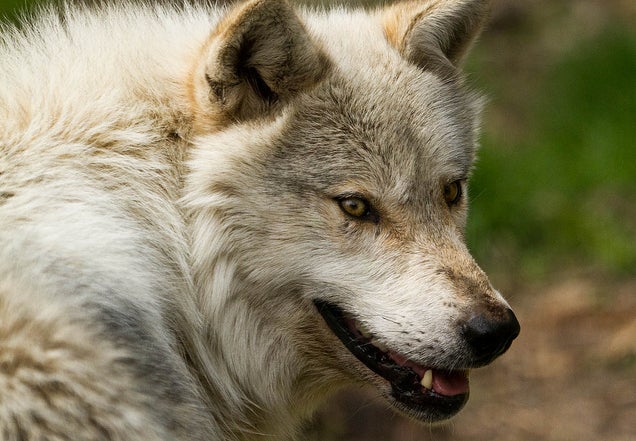It’s a busy time of year for Wisconsin’s wildlife. Judith Siers-Poisson learns what to do, or not, when you come across a baby animal. Plus, a statewide birding update.
Featured in this Show
-
Experts Warn Not To Assume That A Baby Animal Needs Help
When people spot young birds or mammals around this time of year, it can often seem like the baby animal is in distress or in need of human help. But a wildlife expert says that for the most part, humans should stay out of it.
“The best place for a baby animal is to be kept in the wild,” said Jamie Nack, a wildlife outreach specialist in the state Department of Forest and Wildlife Ecology at the University of Wisconsin-Madison. “Inherently, when people come across baby animals, they often think that they need help, when many times they really don’t.”
A major reason that people think baby animals might need help is that it may seem that the animal is orphaned.
“I think that’s one of the biggest things,” Nack said. “When someone sees a baby animal alone, the reaction is that something happened to the mother and I need to help. But again, nine times out of 10 that is not the case.”
Nack explained that an important difference between baby animals and human infants is that human babies are very vulnerable for years instead of days or weeks, “and they’re always with their mothers.”
Baby animals, however, begin to feed themselves much earlier, and are mobile much sooner as well. In fact, Nack said, when a baby animal is spotted alone, the mother is nearby is likely nearby — she just happens to not be right next to the baby.
“That’s a life strategy for that animal,” she explained.
Nack is part of the “Keep Wildlife Wild” initiative that is being spearheaded by the state Department of Natural Resources. The program shares information on typical animal behavior so people know what’s normal and what isn’t, to help people know when it’s appropriate to help an animal and when it isn’t.
With deer, for example, it is common for the doe to leave its fawn for several hours during the day, hidden in a grassy area.
David Drake, a wildlife specialist with the UW Extension and an associate professor of forest and wildlife ecology at UW-Madison, said that the spots on a fawn are a perfect camouflage in the dappled light of its habitat. Moreover, fawns don’t have a scent of their own for the first few weeks of its life, making it difficult for many predators to detect them, he said.
These traits make for “an outstanding way to protect (a fawn) when the mom goes off to feed — even if it does seems like a vulnerable little animal, maybe only a week old,” said Drake.
There are instances where it is clear that an animal is injured or abandoned. Nack said that in that case, the best step is to contact a licensed wildlife rehabilitator.
There is a county-by-county directory on the DNR’s website to find the closest qualified expert.
Episode Credits
- Judith Siers-Poisson Host
- Judith Siers-Poisson Producer
- Jamie Nack Guest
- David Drake Guest
Wisconsin Public Radio, © Copyright 2024, Board of Regents of the University of Wisconsin System and Wisconsin Educational Communications Board.


